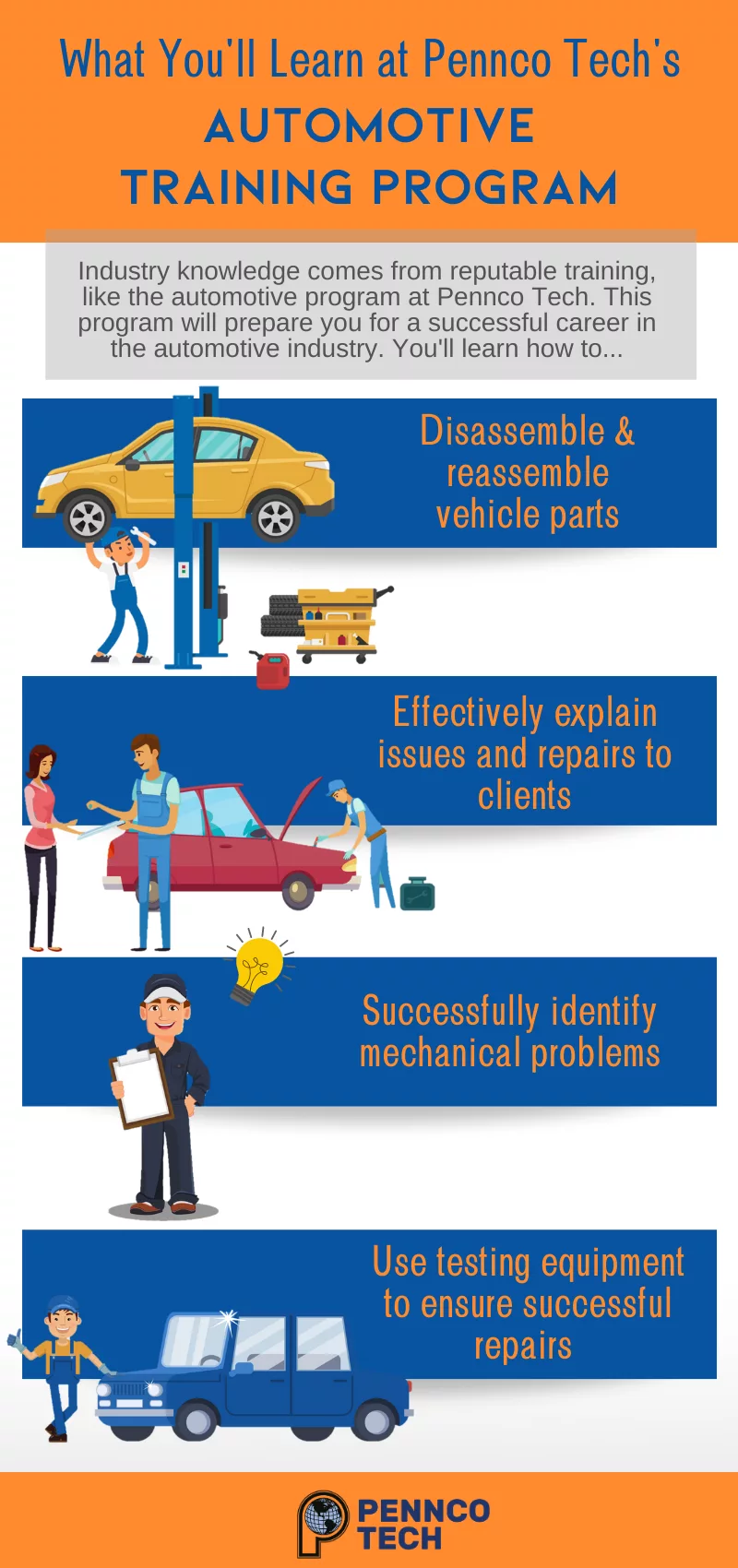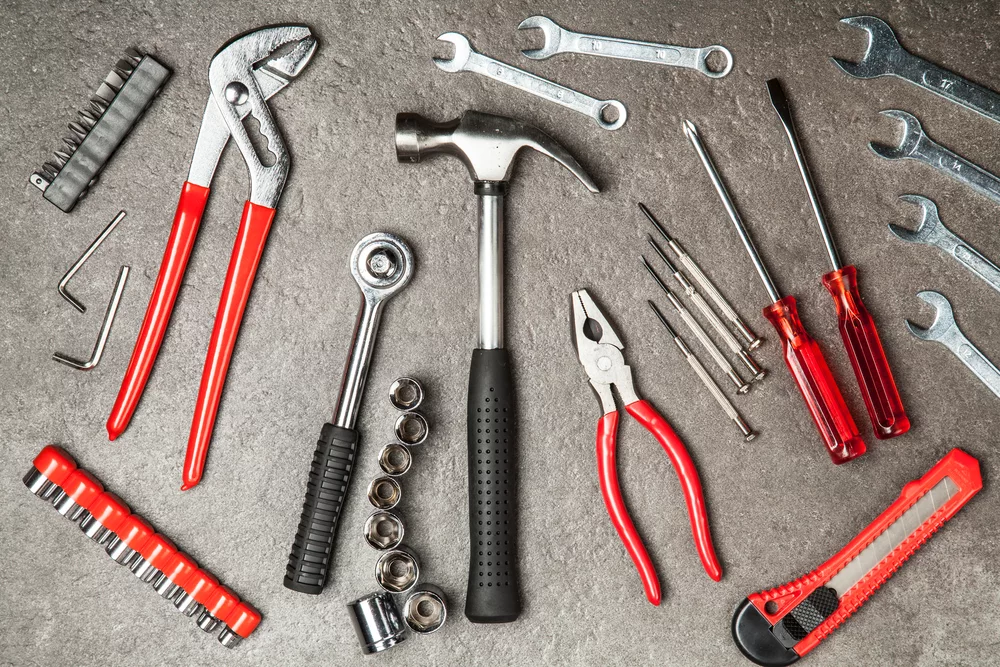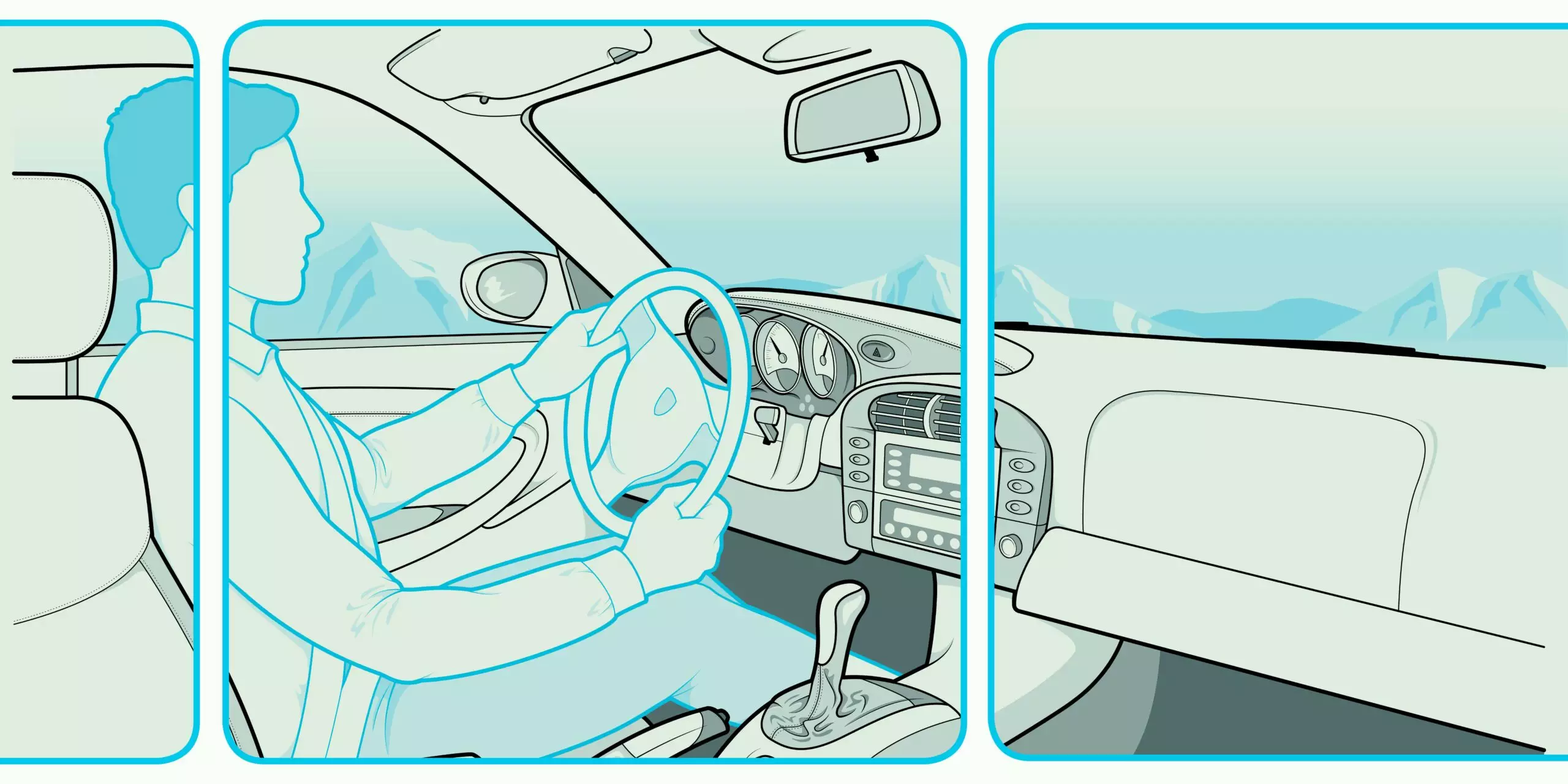
How Your Car’s Cooling System Works: A Step-by-Step Guide for 2025

Understanding how your car’s cooling system works is crucial for every car owner. The cooling system is one of those often overlooked automotive systems, yet it plays a vital role in keeping your vehicle running smoothly. Many drivers underestimate how essential this system is, especially when temperatures rise. But a well-functioning car cooling system is key to preventing engine overheating and costly repairs.
Your car relies on several systems working together, and the engine cooling process is at the heart of it. This process helps maintain the engine at the right temperature, ensuring optimum performance and longevity. By getting familiar with the components and functions within your vehicle’s mechanics, you can better manage car maintenance and avoid unexpected breakdowns.
Ready to dive deeper into your car’s mechanical systems and learn how they all work together? Keep reading to discover every detail of your vehicle’s cooling system and empower yourself with practical knowledge for 2025 and beyond.
In the article
How Your Car’s Cooling System Works
Understanding the Car Engine System
When you think about the car engine system, you might picture many parts working together. The engine’s main job is to turn fuel into energy. This energy moves your car down the road. To do this, the engine burns fuel, creating a lot of heat. If that heat isn’t managed, the engine could overheat.
The cooling system is crucial for vehicle mechanics. It keeps the engine cool, allowing it to work properly. Each part of the system has a role. The radiator, hoses, and coolant all work together. This teamwork ensures your engine stays at the right temperature. Without it, your vehicle would have serious problems.
The Engine Cooling Process
The engine cooling process follows several steps. First, the coolant absorbs heat from the engine. The coolant is a liquid that circulates through the engine, picking up heat as it goes. Next, this warm liquid moves to the radiator. In the radiator, air flows over the liquid, cooling it down. Finally, the cooled liquid returns to the engine to pick up more heat.
This process prevents engine overheating. When the engine runs too hot, it can damage parts. By keeping the temperature in check, the cooling system helps avoid expensive repairs. That’s why it’s essential to understand how it works. Paying attention to the cooling process can save you a lot in the long run.
Key Car System Components
Knowing about the key car system components is important. The radiator is a major part of the cooling system. It cools the heated coolant before it returns to the engine. Air passes through its fins, removing heat effectively. Another vital component is the thermostat. The thermostat controls the flow of coolant based on temperature. It opens to allow coolant to circulate when the engine gets hot.
Their functions in automotive systems are vital for keeping everything in balance. Both ensure your engine runs smoothly, even on hot days. If you ever notice your car getting too warm, these parts might need checking. They work tirelessly to keep your vehicle performing well.
Mechanical Systems in Cars
The Mechanical Systems in cars are interconnected. The cooling system is part of these systems. It must work with other vehicle system functions for your car to operate smoothly. For instance, if one system fails, it can impact others. This integration is crucial for efficient automotive engineering. Well-coordinated systems lead to a car that runs better and lasts longer.
Efficient automotive engineering relies on careful planning and design. Engineers ensure that the cooling system integrates seamlessly with other systems. This careful design helps the car perform efficiently, allowing you to enjoy a smoother drive.
Car Maintenance and Upkeep Tips
Regular checks to ensure efficiency are key. When maintaining your car, you should inspect coolant levels often. Low coolant can lead to overheating. Make it a habit to check under your hood regularly. Additionally, check hoses and belts for wear and tear. These parts can become brittle over time.
- Inspect coolant levels.
- Check hoses and belts.
- Monitor temperature gauge.
Monitoring your car’s temperature gauge is also important. It can tell you if the engine is getting too hot. By catching issues early, you can prevent bigger problems. Early detection of issues can also prolong system lifespan. Keeping your cooling system in good shape helps your car last longer.
Vehicle Mechanics’ Best Practices
Recommendations from experts can keep your car in top shape. Vehicle mechanics suggest using diagnostic tools to find problems before they become serious. These tools can detect issues early, saving you time and money. Experts also remind us about advances in cooling technology. Newer systems use smart technology to adapt to different conditions.
Understanding advances in cooling technology can give you an edge. You can benefit from improved performance and reliability by keeping up with the latest recommendations.
Automotive Engineering Insights
Trends in system designs are constantly evolving. Automotive engineering insights show a shift towards greener, more efficient systems. Engineers are creating systems that use less energy and produce fewer emissions. Future advancements expected in this field will likely bring even more changes. Cars will become more efficient as technology progresses.
By staying informed about these trends, you can make better decisions about your car. Knowing what’s coming helps you prepare for the future.
Innovations in Cooling Systems
Eco-Friendly Coolants
Eco-friendly coolants are becoming popular. These coolants reduce the impact on the environment by using less harmful chemicals. They are designed to protect both your engine and the planet. Many car makers are switching to these greener alternatives. This change is part of a larger movement towards sustainability in vehicle systems.
Smart Cooling Technologies
Smart cooling technologies are the future. These systems adjust to driving conditions automatically. For example, on a hot day in traffic, the cooling system might increase its activity to keep the engine cool. Such systems enhance vehicle performance and safety. They ensure your car runs well no matter the weather.
Enhanced performance and safety are key benefits of smart technology. When you drive, you want peace of mind. Knowing your car can adapt to changes offers that comfort.
Future of Vehicle Cooling
The future of vehicle cooling looks promising. With the impact of technological integration, cars are getting smarter. They use sensors and data to make real-time adjustments. This leads to adaptive and efficient solutions. Adaptive systems ensure cars operate smoothly in different environments. They can adjust on the fly, improving the overall driving experience.
By embracing these new technologies, you prepare yourself for a more efficient and enjoyable driving experience. Keeping up with the latest innovations ensures you benefit from the best available systems.
Keep Your Engine Running Smoothly
Understanding the car cooling system helps you prevent overheating and ensures your engine runs efficiently. By knowing the system’s components and functions, you can identify and address problems quickly. This knowledge leads to a healthier engine and fewer repair costs.
Your next step is to check your coolant levels and inspect hoses for any signs of wear. Schedule a regular maintenance check to ensure each part operates properly. These simple actions keep your engine in top shape and prolong its life.
Now, take a moment to examine your vehicle’s cooling system. Take charge of your car’s maintenance today and enjoy a smoother drive tomorrow. You’ve got this!







